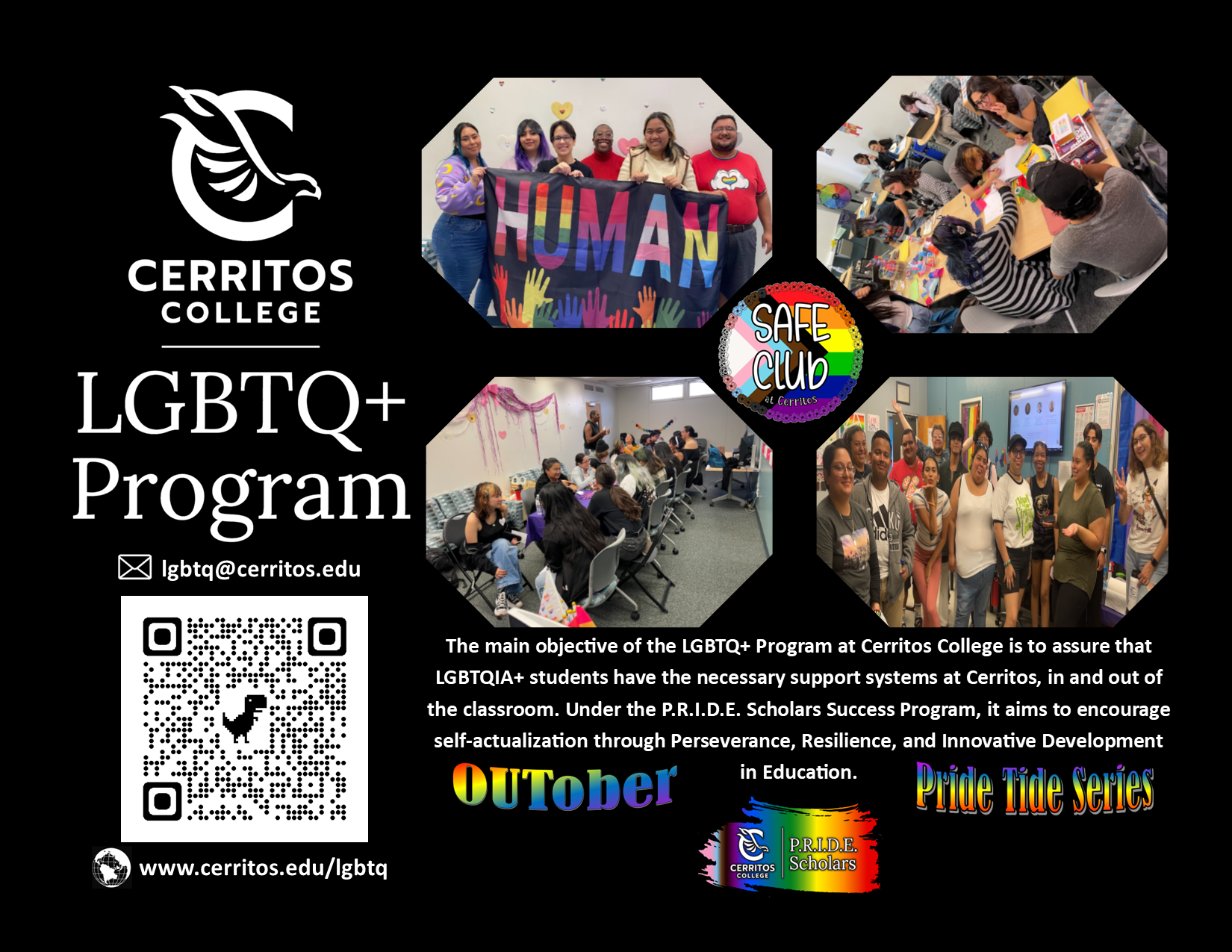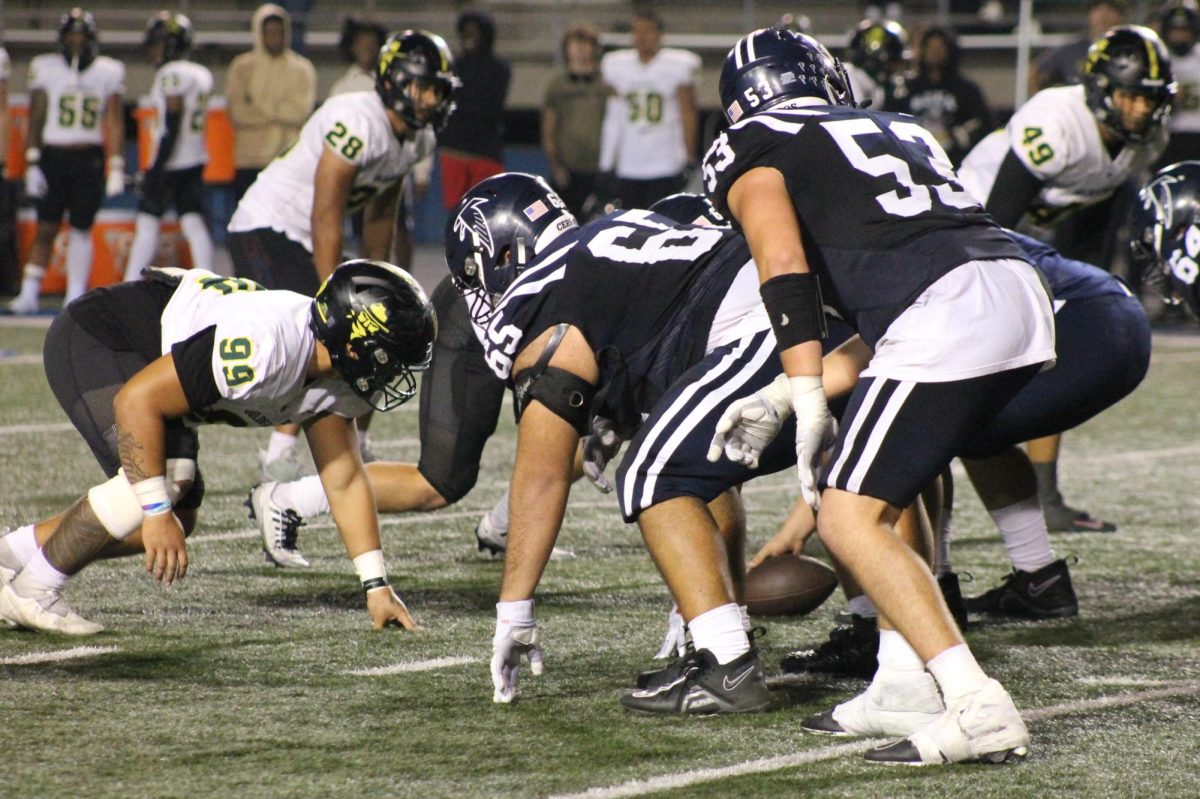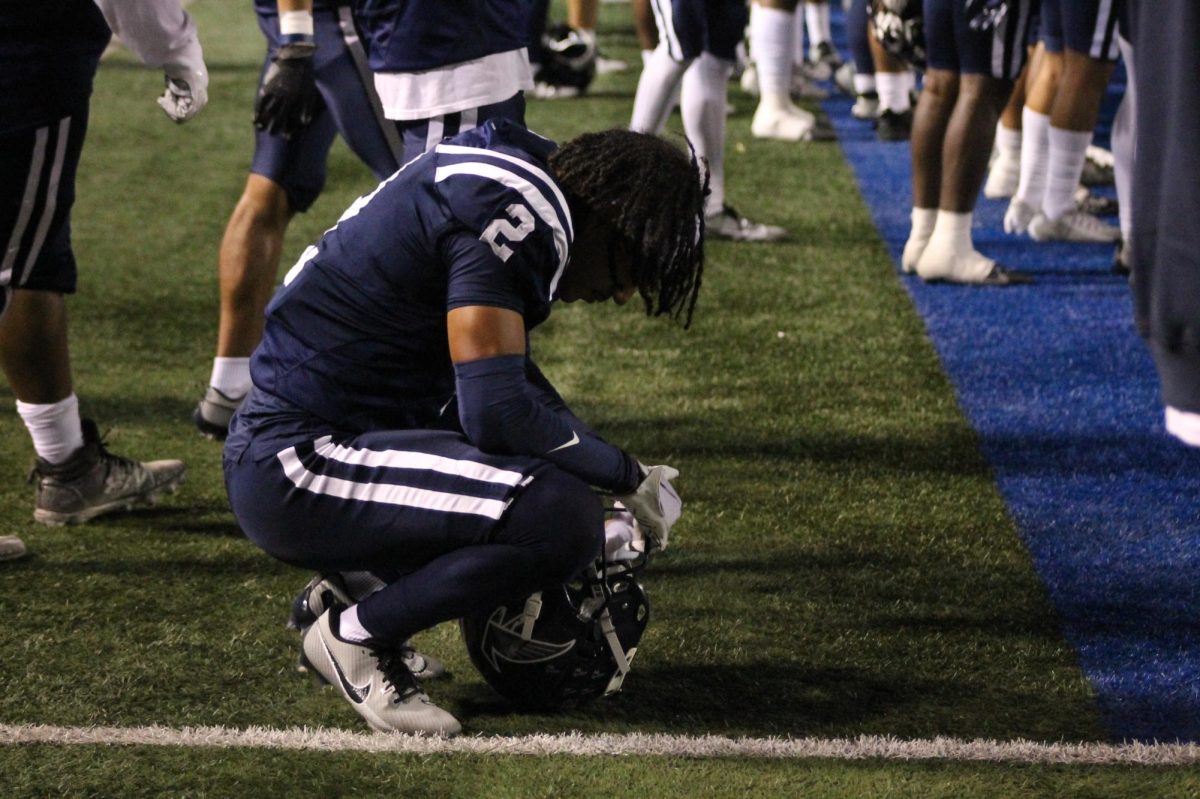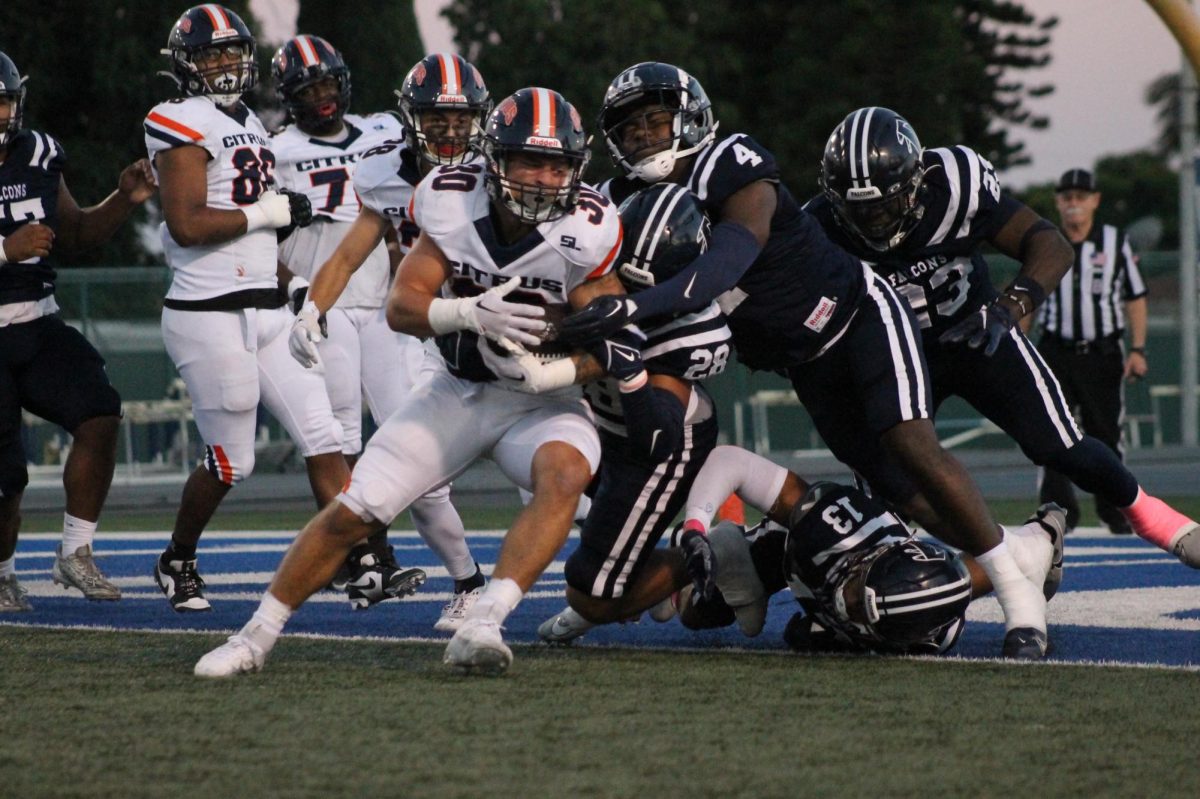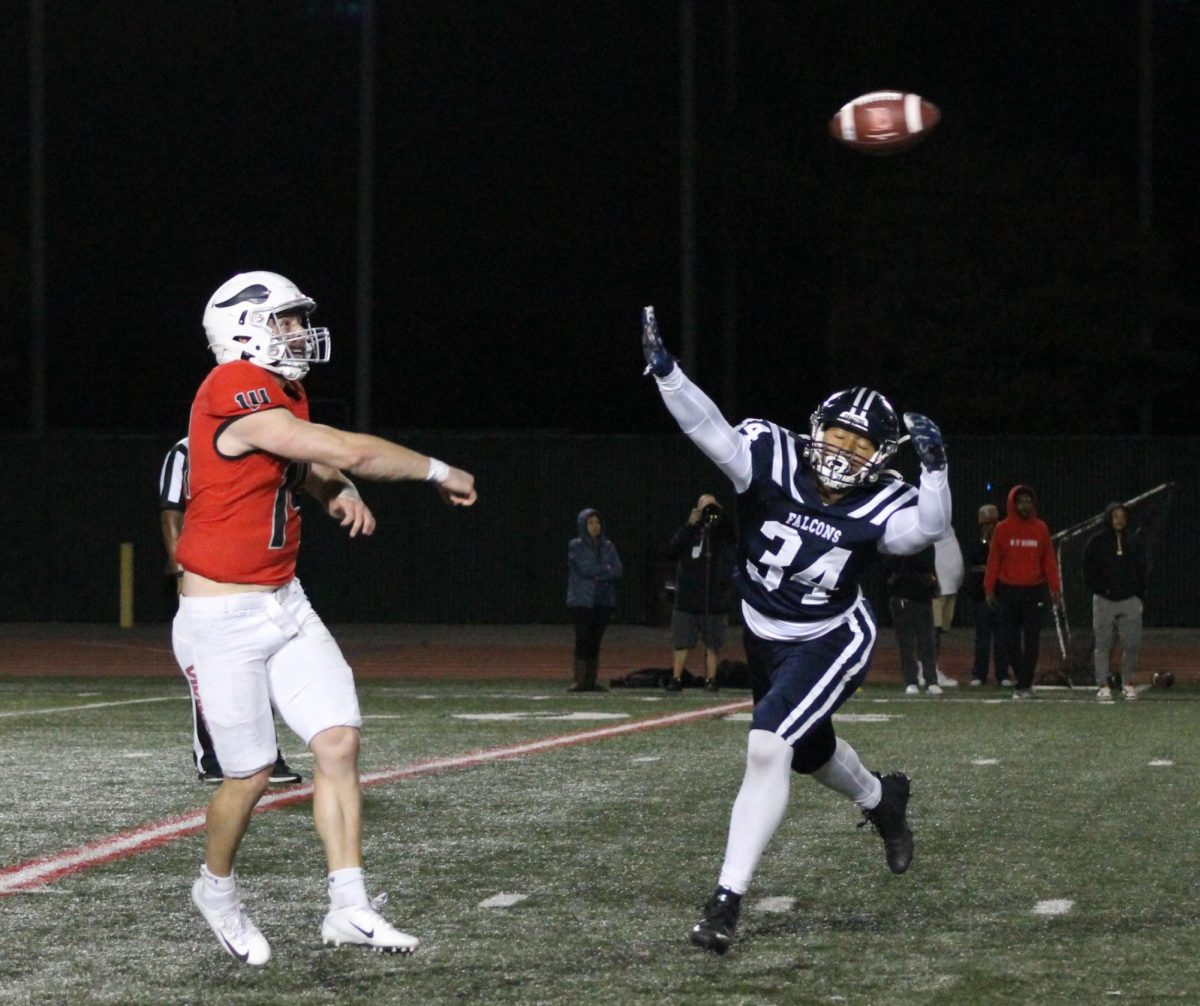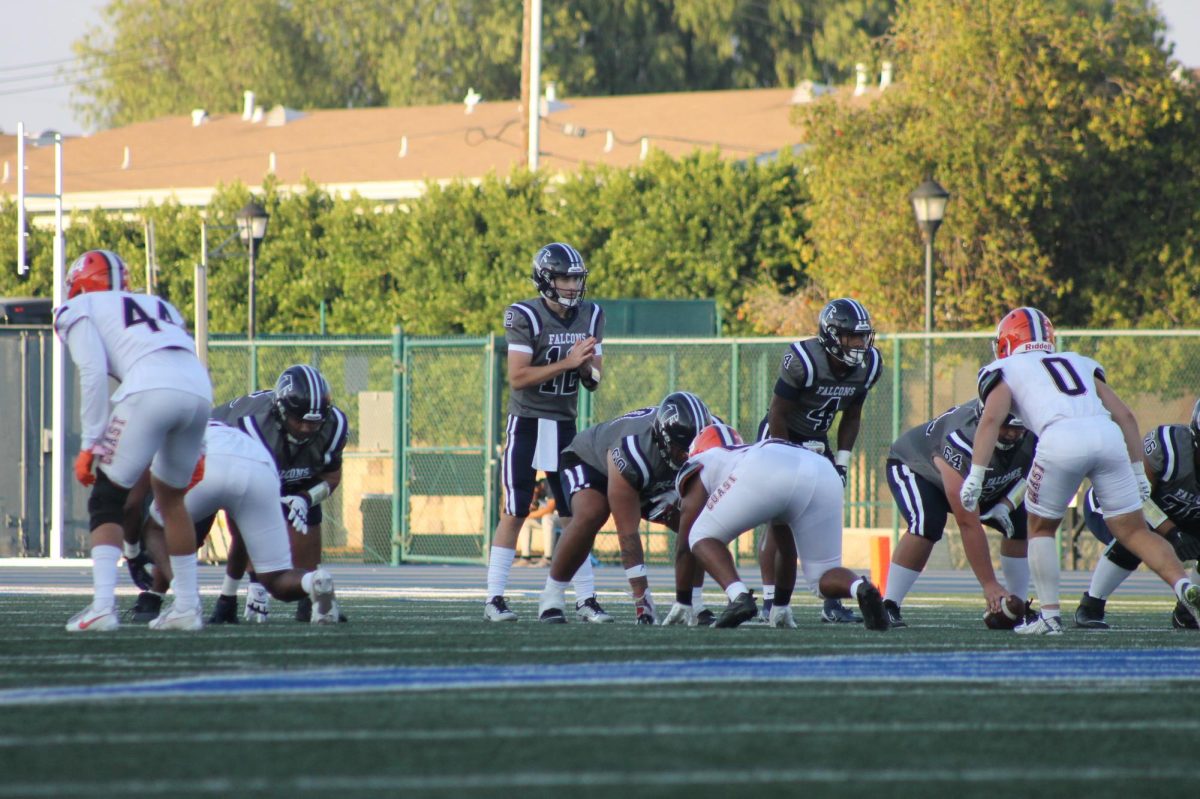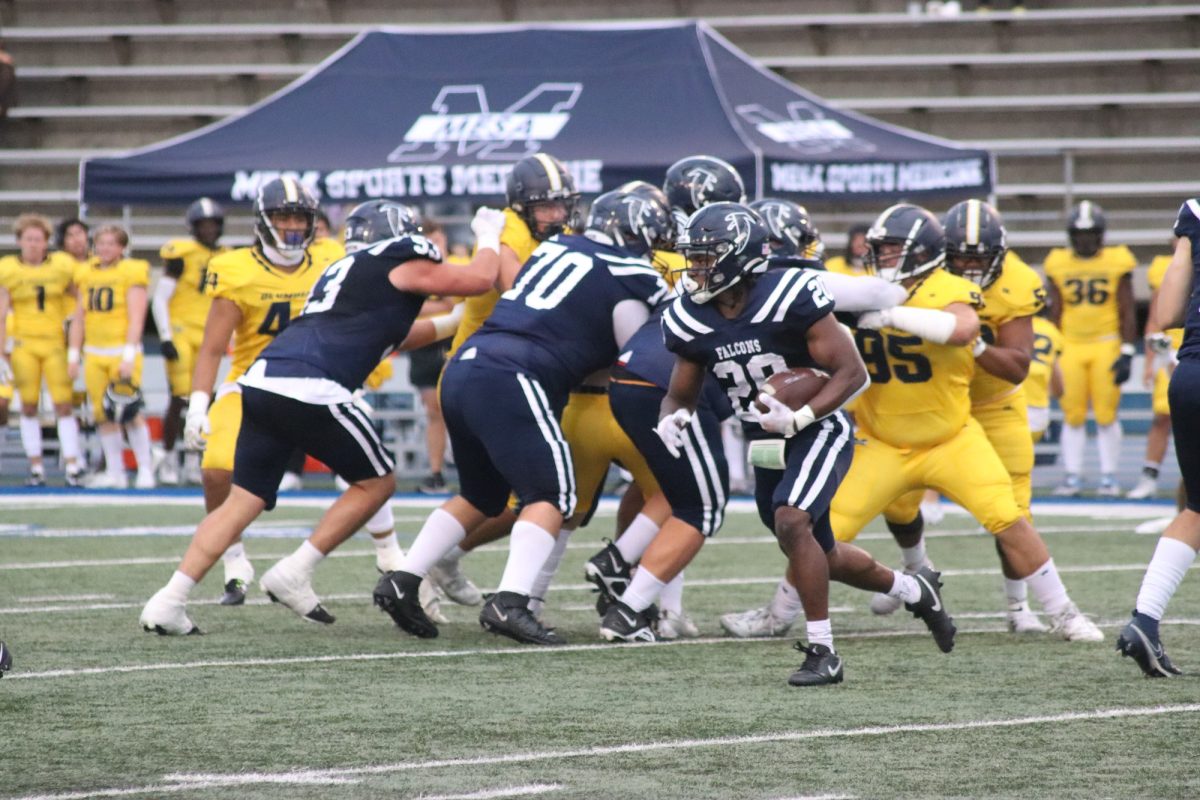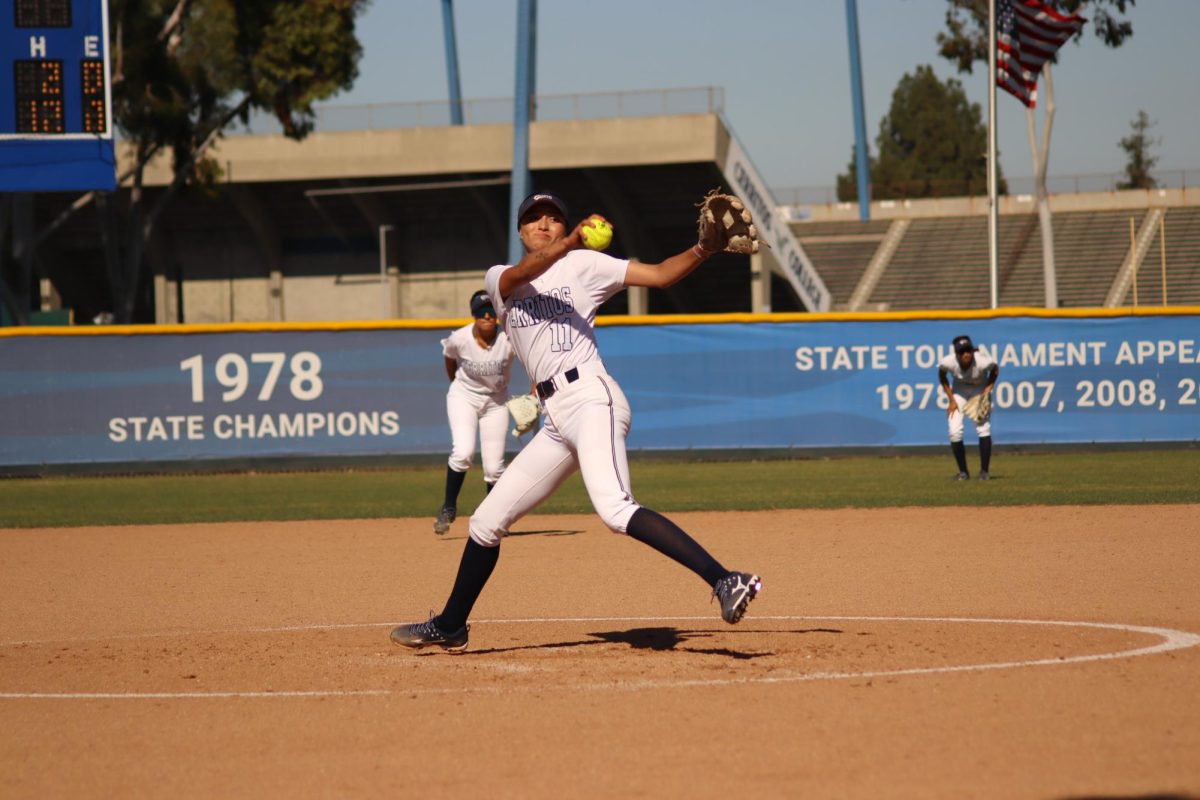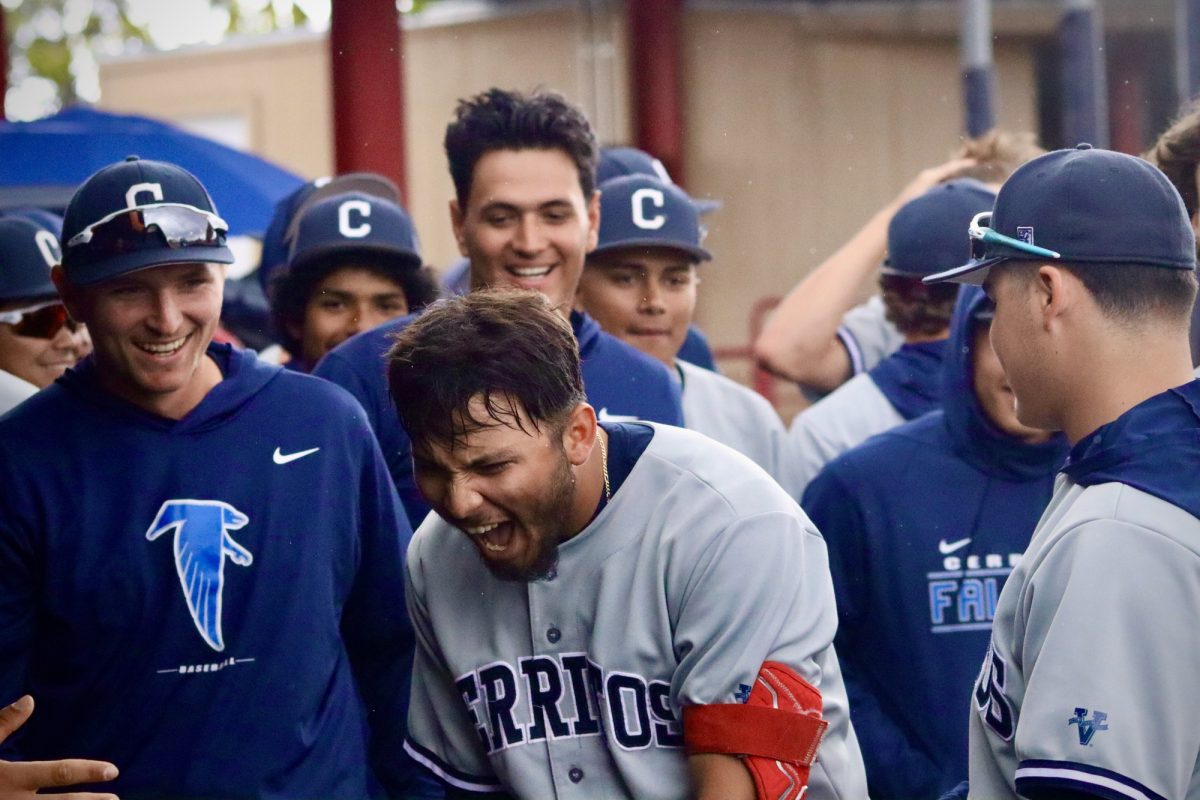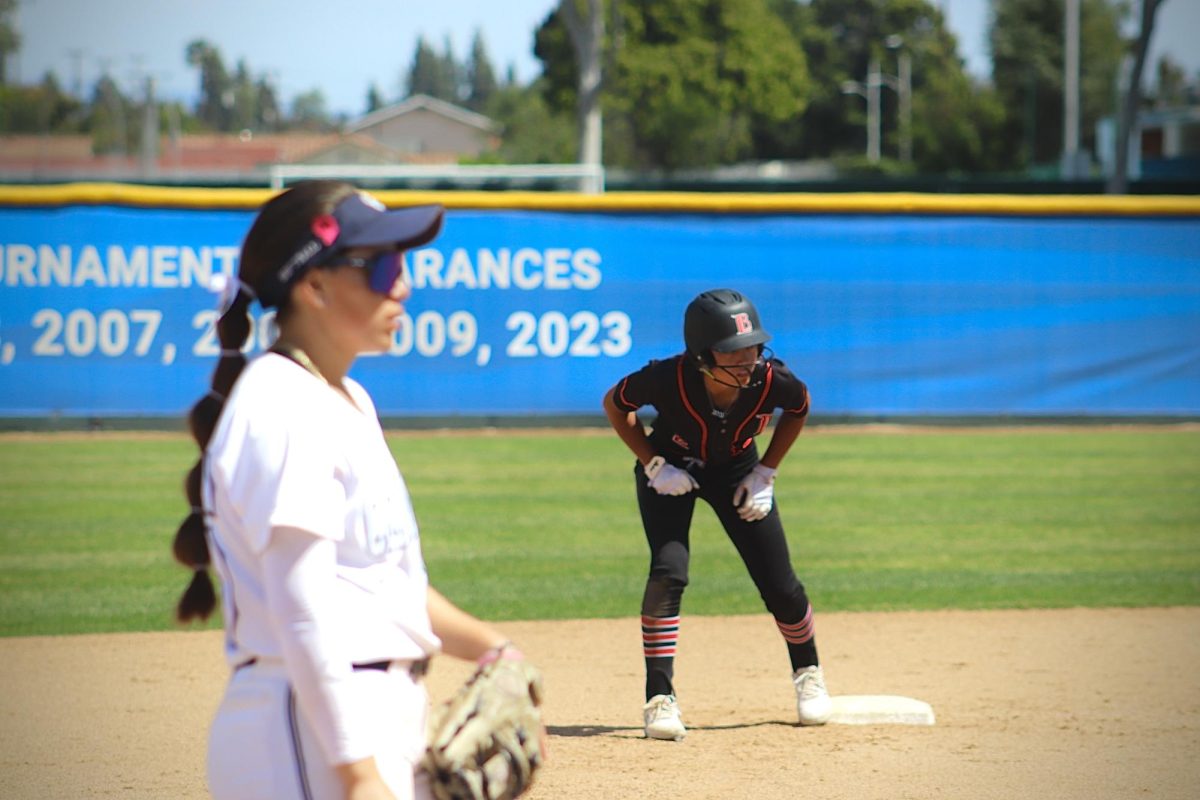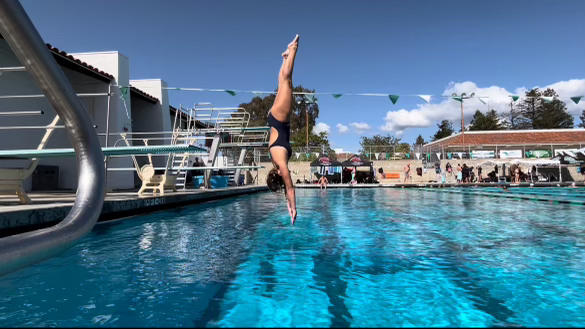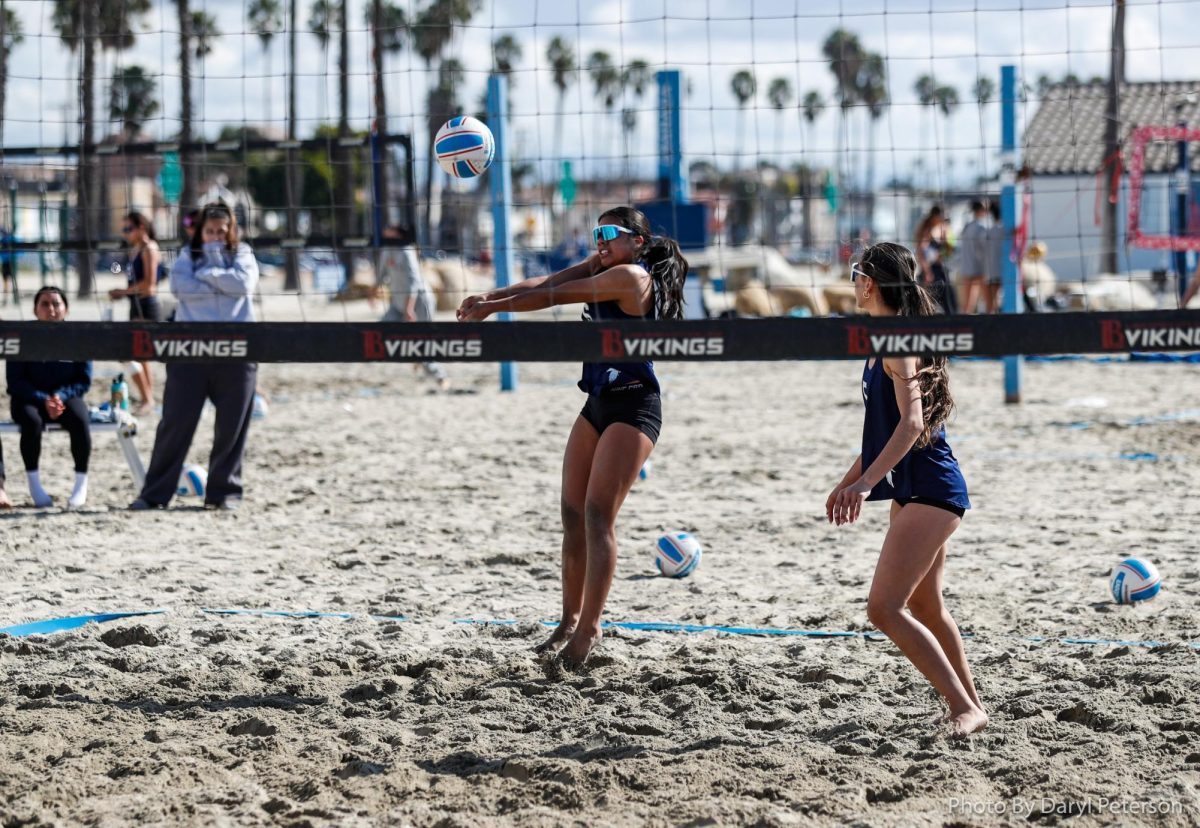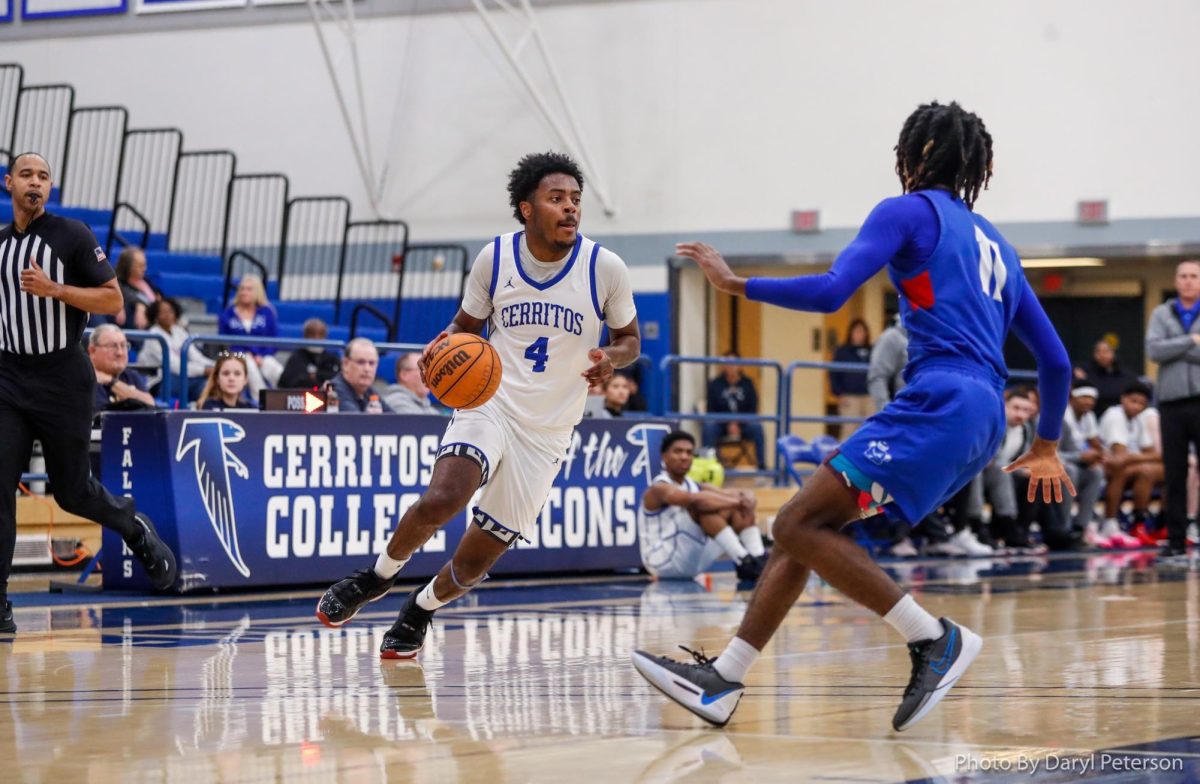This summer of 2017 has been an important and game changing period for college football.
Even though football as a whole has been changing slowly over the years to make the game “safer,” changes have been made recently in large part due to discoveries, research and media attention surrounding the topic of players receiving head trauma.
Regardless of how you feel about the numerous rule changes or how much you want to ignore or deny the scientific findings that have been seen for years now, what it comes down to is football has and probably will continue to change over time as a direct result of three simple letters: “CTE.”
According to the New York Times, “Chronic Traumatic Encephalopathy,” (https://www.nytimes.com/interactive/2017/07/25/sports/football/nfl-cte.html), more commonly known as CTE, is caused by repeated blows to the head.
CTE affects at least four separate parts of the brain and causes numerous symptoms, including memory loss, confusion, depression and dementia.
The problems can arise years after the blows to the head have stopped; however — this disease can only be diagnosed postmortem, which is a huge reason why there has been so much controversy surrounding the topic.
Growing awareness and media attention focusing on concussions as it directly correlates with football began when Bennet Omalu discovered the degenerative disease in former Pittsburg Steelers player Mike Webster in 2002. The movie “Concession” hit theaters in 2012 based on the findings of Omalu’s research, brought CTE to the forefront of public consciousness.
Omalu first published his findings in the journal “Neurosurgery” in 2005 in a paper titled “Chronic Traumatic Encephalopathy in a National Football League Player,” forcing the football community to acknowledge the existence of CTE, turning some skeptics into believers.
On Tuesday July 25th, Dr. Ann Mckee, a neuropathologist and director of the CTE Center at Boston University, has amassed the largest CTE brain bank in the world. Dr. Mckee published her research in The Journal of the American Medical Association.
After examining the brains of 202 deceased football players, Dr. McKee’s findings were disturbingly eye-opening; once again putting CTE in the news. Out of the 202 brains she studied, 111 played professional football — out of those 111 players, 110 showed signs of CTE.
Dr. Ann Mckee and her team of researchers also examined brains from the Canadian Football League, semi-professional players, college players and high school players, out of the 202 total brains studied, 87 percent were found to have CTE.
Furthermore, the study showed that age wasn’t necessarily a factor in a brain showing signs of CTE and neither was the severity of how damaged the brain appeared. Instead, it was the duration in which the player was exposed to football that determined the severity of the case.
This means someone’s brain who started playing tackle football at a young age and stopped after college could potentially look the same as a someone who waited to start playing tackle football until high school, played in college and went all the way into the NFL.
Not only has there been changes to the rules; but the sport as a whole has slowly evolved over the years — for the most part, in order to protect players.
Since 1906, the NCAA has been reforming college football rules in order to improve the safety and well-being of their athletes, according to NCAA.org (http://www.ncaa.org/health-and-safety/sport-science-institute/concussion-timeline).
President Theodore Roosevelt was the first to form a committee of 62 members to reform safety standards in college athletics and address the number of catastrophic injuries in football.
Together, this committee approved nearly 30 rule changes with the intent to remove brutality and to change college football in a positive way.
Requiring college football players to wear certain protective gear happened over time, starting in 1939 when the NCAA made it mandatory for every athlete to wear a helmet while playing.
Rules continued to progress and change to reduce risk of injury to players; however, the NCAA didn’t adopt concussion protocols for players returning to the game after a head injury until 1994.
In that same year, NCAA Assistant Director of Sport Scientists, Randall Dick, published an article finding that concussions accounted for at least 60 percent of head injuries in the sports he monitored; calling for sweeping rule changes.
Following Dick’s paper, the NCAA adopted its first concussion guidelines. Despite this emerging research, NFL Commissioner Paul Tagliabue describes concussions as a “pack journalism issue,” saying that there is no problem in football; instead being a “journalist issue,” according to PBS.
In spite of this, in 2008 the NCAA continued to put in place additional rules focusing on eliminating hits on defenseless players and blows to the head, further trying to limit the number of concussions that college football players sustained during a season.
After the controversial discovery of CTE, the NCAA waited until 2010 to adopt legislation requiring all members to have a concussion management plan.
In 2014, the NCAA and U.S.Department of Defense launched a three-year, $30 million longitudinal concussion study overseen by the CARE (Concussion, Assessment, Research and Education) Consortium.
CARE endeavors to provide necessary infrastructure and scientific expertise to study sport-related concussions.
The CARE Consortium is on track to study more than 25,000 student-athletes and 1,000 concussions. To date, CARE is already the largest prospective, longitudinal, clinical concussion study ever conducted.
Launched in 2014, NCAA Sports Science Mind Matters Education Challenge called for NCAA members and private firms to develop compelling educational programs and materials that could be implemented immediately.
On February 5, 2015 six education challenge winners were recognized, including: Arizona State University
- Colorado State University
- Northern Arizona University
- University of Georgia
- University of North Carolina at Greensboro.
Each winner was awarded a $25,000 cash prize as well as a $75,000 production budget to develop further programs.
The research done both by the NCAA and outside sources has finally brought a spotlight few can continue to debate on the dangers of concussions as it is directly related to football players and the risk of these players developing CTE.
For better or for worse, these rules are set in place to protect the athlete from life altering complications, long after their football career is over.
From mild symptoms such as dizziness, disorientation and headaches to more serious symptoms that have resulted in erratic behavior, speech impediments, tremors, memory loss and even suicide — CTE has become a very serious epidemic affecting the football community as a whole.
“America’s Game,” which celebrates, as well as glorifies hard hits and aggressive plays, is now slowly taking precautions to protect the players that are giving it their all, sacrificing their bodies and minds to play the game so many of us enjoy watching, almost religiously.
The side effects of CTE are serious; and while there is still a lot to learn about this disease — one thing has become apparent: the more autopsies performed and the more research that is done, the more we discover that former football players having this disease is growing in number — not decreasing.
Dr. Ann Mckee said in her interview with the New York Times that it is no longer debatable whether there is a problem in football, with CTE we know there is a problem.
The new rules that have been put into effect by the NCAA for the upcoming 2017 season attempt to preserve what makes football an aggressive and exciting game, while at the same time keeping players safe.
While national debates are being held about the possibility of eliminating contact sports such as football, CARE Consortium and others are committed to the goal of making sports safer for student athletes. This is going to be a challenge that some believe doesn’t seem possible but necessary.
More research is needed to make the game as safe as it can be.

